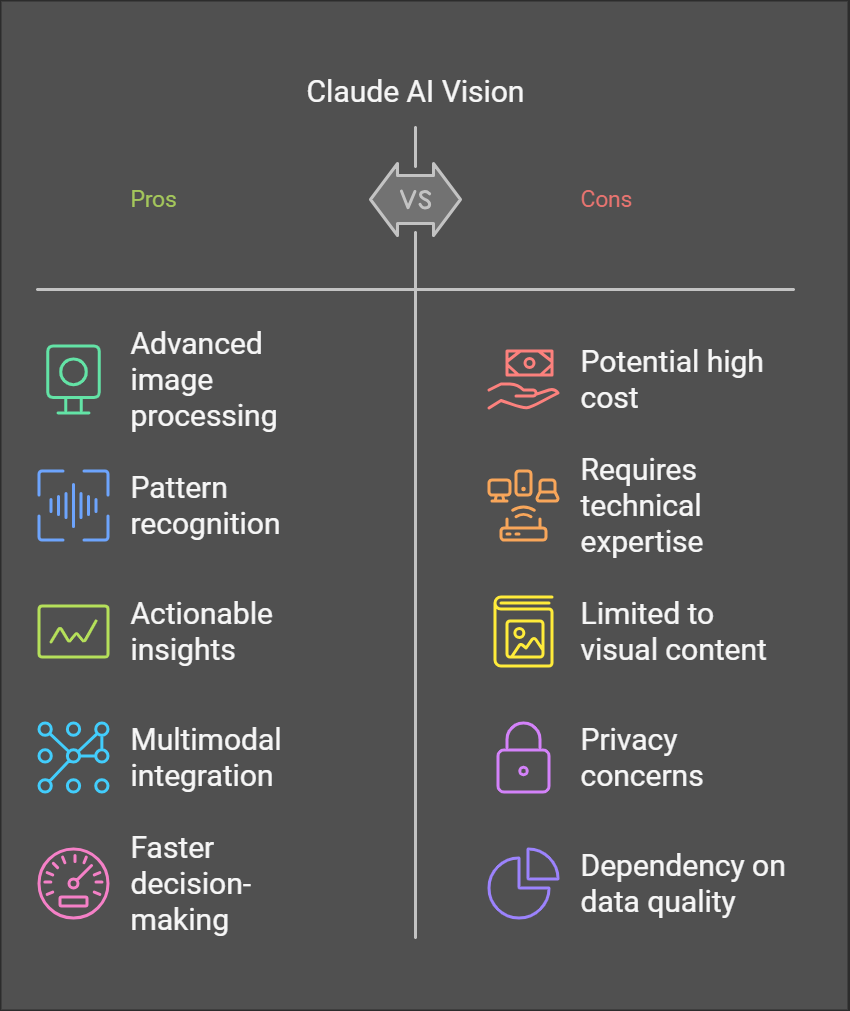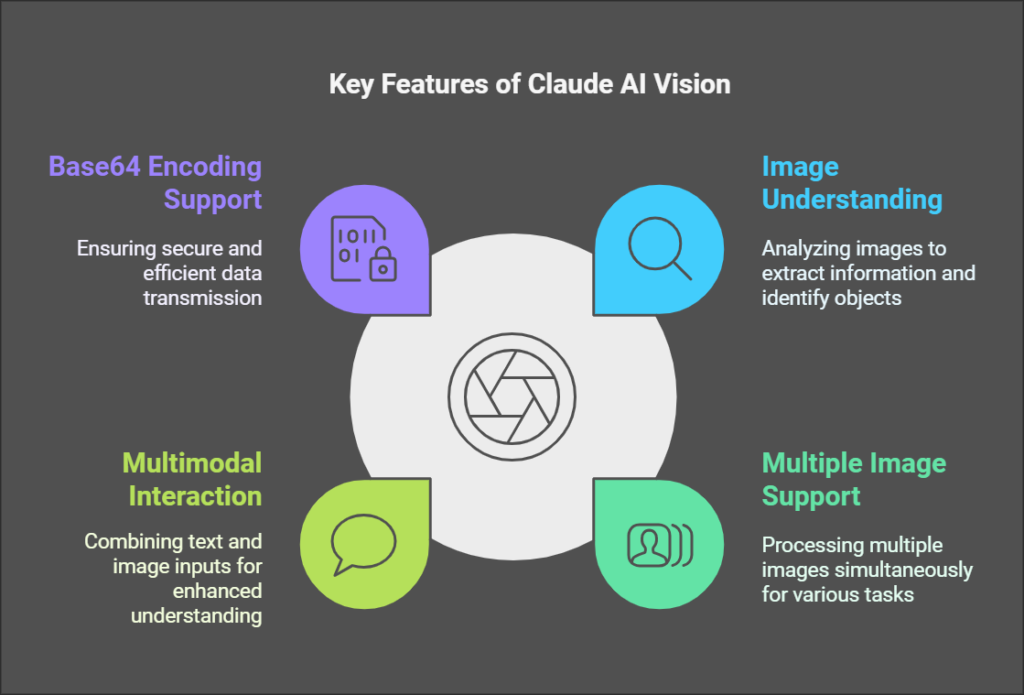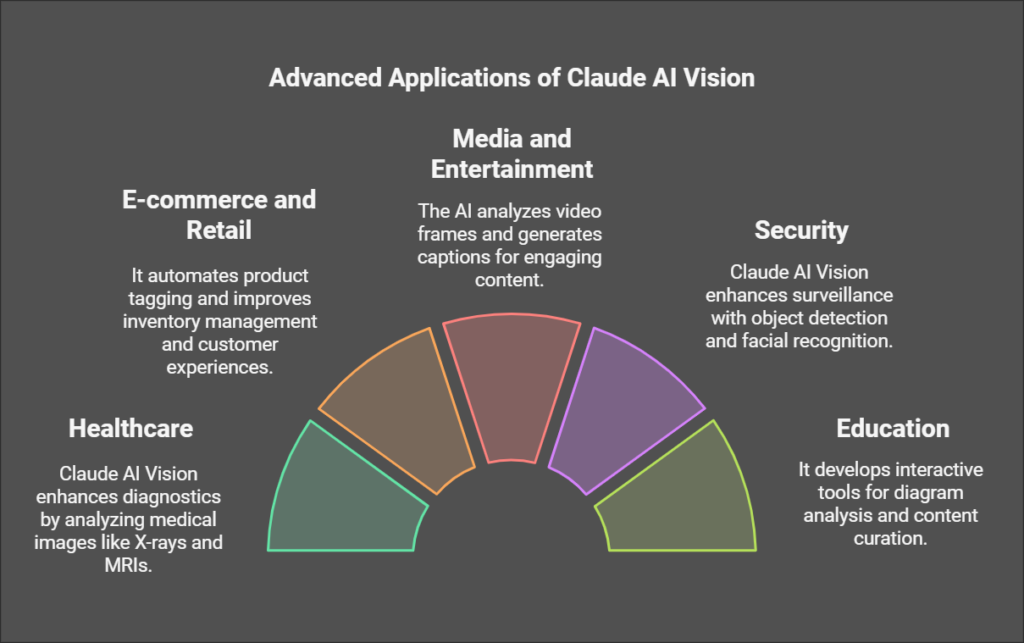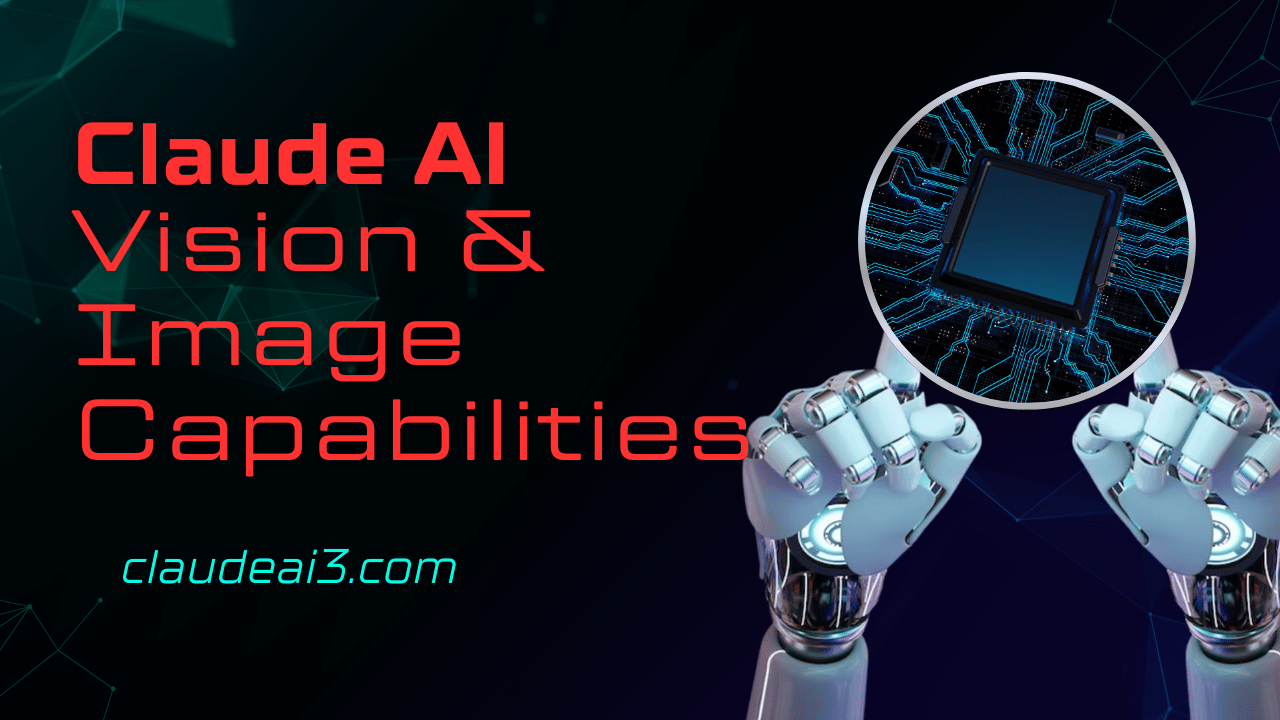Artificial Intelligence (AI) has revolutionized the way we interact with technology, and Claude AI Vision stands at the forefront of this transformation. Designed to analyze, understand, and generate insights from images, Claude AI Vision is redefining how businesses and developers approach visual data.
This guide dives deep into its features, applications, and best practices, ensuring you harness its full potential.
What is Claude AI Vision?
Claude AI Vision is an advanced AI tool that specializes in image processing and analysis. As part of the Claude AI ecosystem, it excels at understanding visual content, recognizing patterns, and offering actionable insights.

Whether used in standalone projects or as part of a multimodal AI system, Claude AI Vision simplifies complex image analysis tasks, enabling faster and more accurate decision-making.
Use Cases:
- Extracting data from images for business analytics.
- Enhancing user experiences with visual search.
- Automating content moderation on social media platforms.
Key Features of Claude AI Vision
Image Understanding
Claude AI Vision can analyze images to extract meaningful information, identify objects, and interpret contexts. It uses advanced neural networks to recognize shapes, colors, and patterns, making it suitable for applications like facial recognition and content categorization.

Support for Multiple Images
The ability to process multiple images simultaneously is one of Claude AI Vision’s standout features. This capability is invaluable for tasks like:
- Comparing product images in e-commerce.
- Analyzing surveillance footage.
- Identifying trends in visual datasets.
Multimodal Interaction
Combining text and image inputs, Claude AI Vision enhances contextual understanding. For instance, users can query an image by asking questions about its content, such as “How many objects are present?” or “What is the dominant color?”
Base64 Encoding Support
Claude AI Vision supports base64 encoding, ensuring smooth integration with APIs and web platforms. This feature facilitates secure and efficient data transmission, particularly for developers building cloud-based applications.
How to Use Claude AI Vision?
Using Claude.ai Interface
- Navigate to the Claude.ai platform.
- Upload an image or provide its URL.
- Use built-in tools to analyze and generate insights.
Through the Console Workbench
- Ideal for developers, the Console Workbench allows batch processing and testing.
- Load multiple images for simultaneous analysis.
- Export results in formats like JSON or CSV for further processing.
Leveraging the Messages API
- Integrate Claude AI Vision capabilities into your applications via API.
- Automate image analysis workflows for tasks like content moderation or visual search.
- Customize responses using prompts for tailored insights.
Advanced Applications of Claude AI Vision

- Healthcare: Claude AI Vision can analyze medical images, such as X-rays and MRIs, assisting in diagnostics and improving patient outcomes.
- E-commerce and Retail: Automate product tagging, improve inventory management, and enhance customer experiences through visual search and personalized recommendations.
- Media and Entertainment: Use AI to analyze video frames, generate captions, or curate visually engaging content for audiences.
- Security: Enhance surveillance systems with object detection, facial recognition, and anomaly detection.
- Education: Develop interactive learning tools by integrating visual AI for diagram analysis, content curation, and more.
Best Practices for Using Images with Claude AI
Optimize Image Quality:
- Use high-resolution images for better analysis.
- Ensure proper lighting and minimal noise in the visuals.
Format and Size:
- Stick to widely accepted formats like JPEG and PNG.
- Keep file sizes manageable for faster processing.
Combine with Text Inputs:
- Provide clear and concise text prompts to guide analysis.
- Use descriptive queries to get precise insights.
Ethical Considerations:
- Respect privacy laws and obtain consent when using personal images.
- Avoid using AI tools for biased or discriminatory purposes.
Challenges and Limitations of Claude AI Vision
While Claude AI Vision is a powerful tool, it has limitations:
- Complex Image Interpretations: Struggles with abstract or ambiguous visuals.
- Bias in AI Models: Results may be influenced by biases in training data.
- Processing Time: Larger datasets can lead to longer analysis times.
Future of Claude AI Vision
The future of Claude AI Vision promises exciting developments:
- Real-time Image Processing: Analyze images instantly for dynamic applications like augmented reality.
- 3D Image Analysis: Unlock new possibilities in industries like gaming and architecture.
- Deeper Integration: Collaborate with other AI tools and hardware for holistic solutions.
How Claude AI Vision Stands Out
Compared to competitors like OpenAI’s DALL-E and Google’s Vision AI, Claude AI 3 Vision offers:
- Ease of Use: A user-friendly interface with powerful capabilities.
- Multimodal Features: Seamless integration of text and image analysis.
- Developer Flexibility: Robust API support for custom implementations.
Conclusion: Full Potential of Claude AI Vision
Claude AI Vision represents the cutting edge of AI-driven image processing. From healthcare to education, its applications are vast and impactful. By understanding its features, leveraging best practices, and anticipating future advancements, users can unlock unprecedented possibilities for innovation.
Ready to Explore? Dive into the world of Claude AI Vision and transform how you interact with visual data. For more resources and tutorials, check out our additional guides.
FAQs
What is Claude AI Vision?
Claude AI Vision is an AI tool designed for advanced image processing and analysis. It extracts insights from images, recognizes patterns, and enables applications like visual search, content moderation, and medical diagnostics.
How does Claude AI Vision support developers?
Developers can use the Claude.ai interface, Console Workbench, and Messages API to integrate and automate image analysis workflows in their applications.
What file formats does Claude AI Vision support?
Claude AI Vision supports common image formats like JPEG and PNG. It also facilitates data transmission using Base64 encoding.
Can Claude AI Vision process multiple images simultaneously?
Yes, Claude AI Vision can analyze multiple images at once, making it ideal for applications like surveillance and trend analysis.
What are the ethical considerations when using Claude AI Vision?
Users should respect privacy laws, obtain consent for personal images, and avoid using the tool for biased or harmful purposes.
What are the key applications of Claude AI Vision?
Claude AI Vision is used in healthcare, e-commerce, media, security, and education for tasks like medical image diagnostics, product tagging, video analysis, and interactive learning tools.
What are the limitations of Claude AI Vision?
Challenges include interpreting complex or abstract visuals, biases in training data, and longer processing times for large datasets.
How does Claude AI Vision compare to other tools?
It stands out with its user-friendly interface, multimodal features combining text and image analysis, and flexible APIs for developers.
What does the future hold for Claude AI Vision?
The tool aims to incorporate real-time image processing, 3D image analysis, and deeper integrations with other AI tools and hardware.

